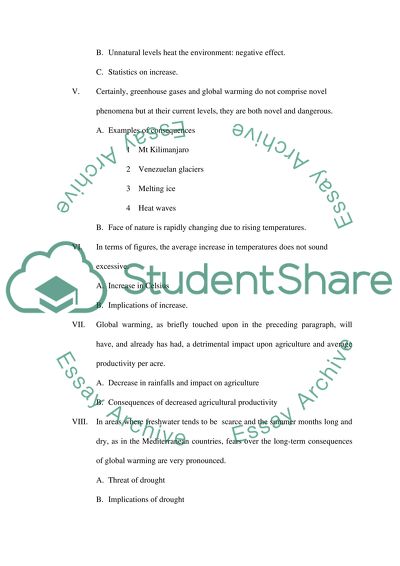Cite this document
(“Global Warming Essay Example | Topics and Well Written Essays - 1750 words - 1”, n.d.)
Retrieved from https://studentshare.org/environmental-studies/1540576-global-warming
Retrieved from https://studentshare.org/environmental-studies/1540576-global-warming
(Global Warming Essay Example | Topics and Well Written Essays - 1750 Words - 1)
https://studentshare.org/environmental-studies/1540576-global-warming.
https://studentshare.org/environmental-studies/1540576-global-warming.
“Global Warming Essay Example | Topics and Well Written Essays - 1750 Words - 1”, n.d. https://studentshare.org/environmental-studies/1540576-global-warming.


